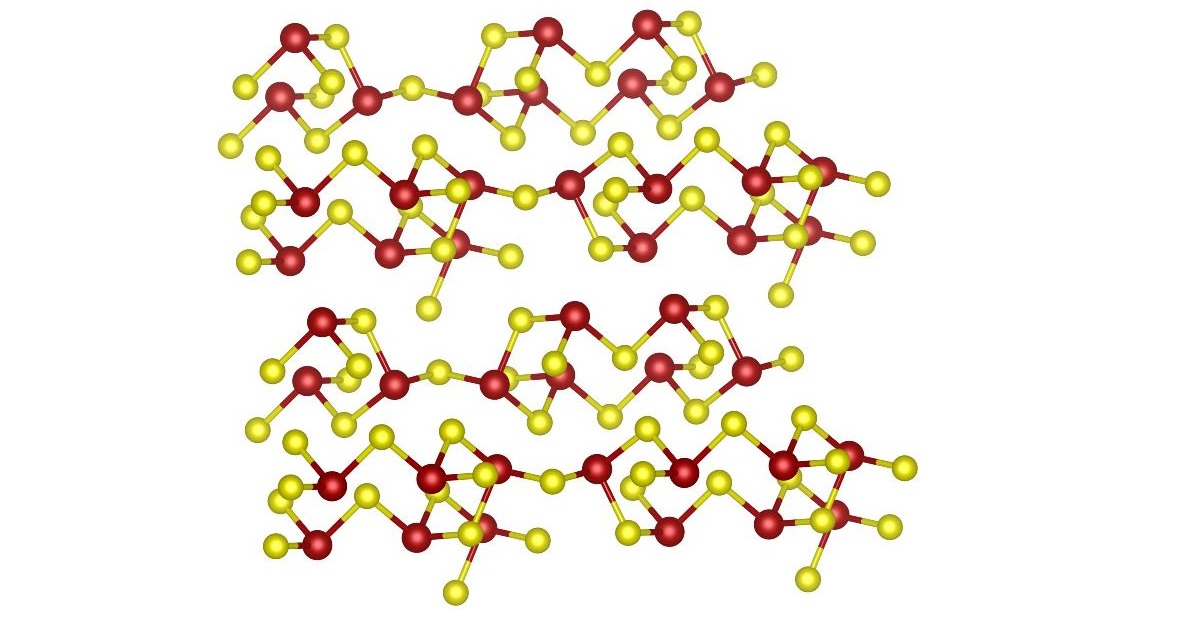- 3.2Impact Factor
- 6.4CiteScore
- 16 daysTime to First Decision
Advanced Chalcogenide Materials for Optoelectronic Applications
This special issue belongs to the section “Optical and Photonic Materials“.
Special Issue Information
Dear Colleagues,
In the field of optoelectronics, advanced chalcogenide materials stand out due to their versatile applications and unique properties. This Special Issue focuses on the comprehensive exploration of chalcogenide materials, ranging from phase-change materials, chalcogenide glasses, and thin film solar cells, and extending to the area of 2D and layered structures. The focus is placed on both the synthesis and structural characterization of these materials, along with an in-depth examination of their optical and electronic properties, which are crucial for their functionality in optoelectronic devices.
A significant aspect of this issue is the investigation of phase-change materials (PCMs). Known for their quick and reversible transition between crystalline and amorphous states, they offer innovative avenues in data storage and neuromorphic computing applications. This is complemented by studies on amorphous semiconductors and nanocrystalline chalcogenides, paving new paths in material science. The phenomenon of ovonic threshold switching, inherent to these materials, highlights their potential in switching and memory applications.
It is my pleasure to invite you to submit a manuscript for this Special Issue. The papers in this Special Issue should not only review the current state of the art but also push forward our understanding of chalcogenide materials. They should offer insights into the synthesis processes, structural complexities, and functional capabilities of these materials, establishing a comprehensive understanding crucial for further advancements.
Dr. Alin Velea
Guest Editor
Manuscript Submission Information
Manuscripts should be submitted online at www.mdpi.com by registering and logging in to this website. Once you are registered, click here to go to the submission form. Manuscripts can be submitted until the deadline. All submissions that pass pre-check are peer-reviewed. Accepted papers will be published continuously in the journal (as soon as accepted) and will be listed together on the special issue website. Research articles, review articles as well as short communications are invited. For planned papers, a title and short abstract (about 250 words) can be sent to the Editorial Office for assessment.
Submitted manuscripts should not have been published previously, nor be under consideration for publication elsewhere (except conference proceedings papers). All manuscripts are thoroughly refereed through a single-blind peer-review process. A guide for authors and other relevant information for submission of manuscripts is available on the Instructions for Authors page. Materials is an international peer-reviewed open access semimonthly journal published by MDPI.
Please visit the Instructions for Authors page before submitting a manuscript. The Article Processing Charge (APC) for publication in this open access journal is 2600 CHF (Swiss Francs). Submitted papers should be well formatted and use good English. Authors may use MDPI's English editing service prior to publication or during author revisions.
Keywords
- phase-change materials
- chalcogenide glasses
- chalcogenide thin film solar cells
- 2D and layered chalcogenide materials
- ovonic threshold switching
- amorphous semiconductors
- nanocrystalline chalcogenides
- structural characterization of chalcogenide materials
- optical and electronic properties
- chalcogenide material synthesis

Benefits of Publishing in a Special Issue
- Ease of navigation: Grouping papers by topic helps scholars navigate broad scope journals more efficiently.
- Greater discoverability: Special Issues support the reach and impact of scientific research. Articles in Special Issues are more discoverable and cited more frequently.
- Expansion of research network: Special Issues facilitate connections among authors, fostering scientific collaborations.
- External promotion: Articles in Special Issues are often promoted through the journal's social media, increasing their visibility.
- e-Book format: Special Issues with more than 10 articles can be published as dedicated e-books, ensuring wide and rapid dissemination.

